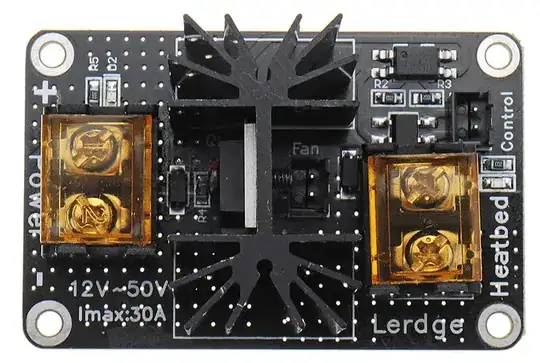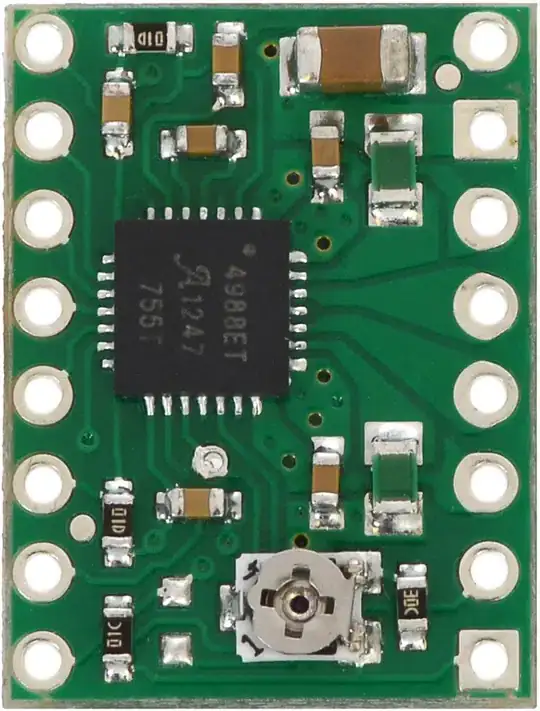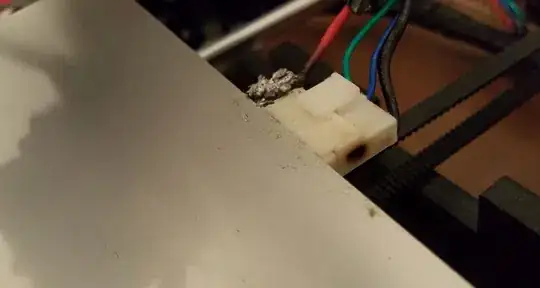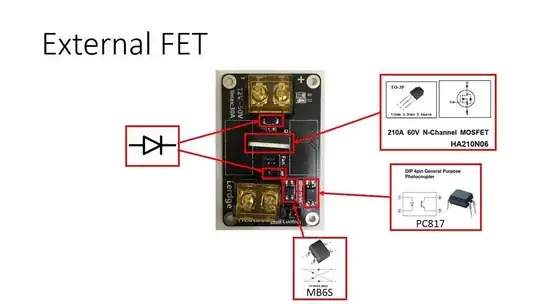I am currently running my Tronxy X5s with a MKS Gen L board. So far I have not ran the heat bed over 50 degrees C since I have only printed with PLA so far. I plan to try PETG and/or ABS in the near future and I have a spare power supply 12V/360W laying around.
When I first got my printer I purchased this external MOSFET board after reading about X5s "upgrades", but so far have not used it.
My plan is to now run the heat bed using a separate power supply than the one running my control board using the external MOSFET to switch it. Since this power supply will only be powering the bed, I would like to bump up the voltage, via trim-pot somewhere from 12V-15V, to gain some watts per square inch on my heat bed.
Will this MOSFET isolate the heat bed circuit from my control board to allow it be ran at a higher voltage? Is it safe to run the power supply/heat bed at a higher voltage than it is rated for a significant amount of time?




